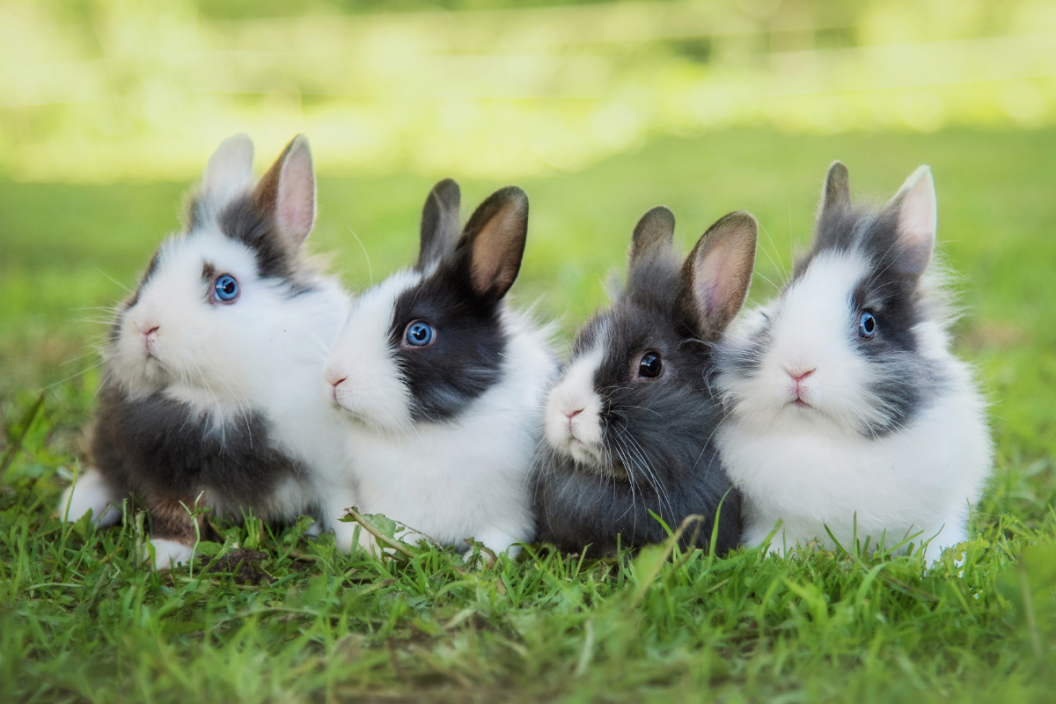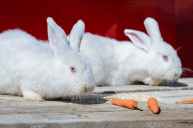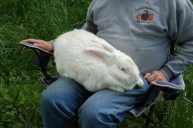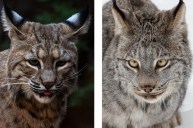Do you know the difference between a bunny, a rabbit, and a hare? They are not as different as you may think!
Let's start with basic nomenclature when it comes to determining the difference was between a bunny, rabbit, and hare. Between them, only two have actual scientific names: rabbits and hares. Both are members of the family Leporidae, a group containing more than 60 species of mammals.
Rabbits and hares are different species, but they share several important characteristics and are still part of the same order of mammals (Lagomorpha) — This designation as a lagomorph dispels the myth that rabbits are rodents. Each has long ears, strong hindquarters, a divided upper lip, and eats essentially the same diet. Hares do tend to prefer hard foods like small twigs and bark, while rabbits prefer grasses, soft stems, and vegetables.
Rabbits vs. Hares: Understanding the Difference
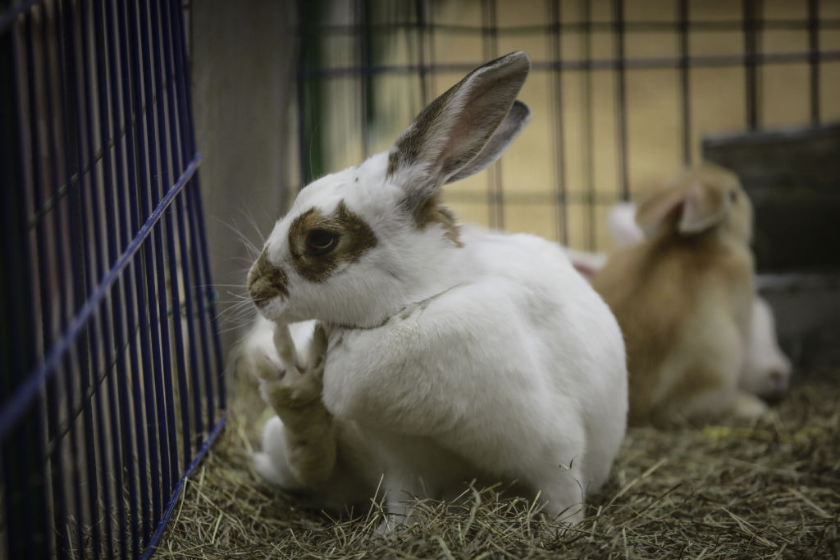
Juancho Torres/Anadolu Agency via Getty Images
In terms of distinct differences in rabbits vs. hares, hares are physically larger than rabbits, with longer hind legs, larger feet, and longer ears with black markings. Rather than burrowing into the ground like rabbits, hares build simple nests in the grass. The only rabbit breed to not have underground burrows is the Cottontail rabbit, which has a nest above ground.
The nature of their respective nesting sites points to another major difference between rabbits and hares. Hares have a longer gestation period than rabbits do. Because of the extra time, newborn hares are born precocial, meaning that they are born fully formed, with open eyes and a body full of hair; this means that baby hares require very little parental care. Rabbits, however, are born altricial, or in other words, helpless. Blind, naked, and unable to fend for themselves, newborn rabbits require a great deal of parental attention, and their vulnerable state is why they nest in more protected dens underground. There are many different species of rabbit. The most popular are Holland LOP, Cottontail, Lionhead, and the Dutch rabbit.
Young rabbits are more often brought into homes, and many are trained to be free roam rabbits; typically, well-acclimated adults rabbits become very social animals. Hares are usually happiest solo in the wild.
Finally, on a genetic level, hares have 48 chromosomes and rabbits have 44.
Where Rabbits Got Their Name

RELATED: 37 Rabbit Puns Guaranteed for a Hopping Good Time
Up until the 18th century, both domestic rabbits and wild rabbits were referred to as "coneys." The term came from the French word cunil, a derivative of the Latin word cuniculus (a term meaning rabbit or burrow). So if you're thinking the word coney sounds familiar, you're right; it was the inspiration for the name bestowed on New York's famed beachside community and amusement park: Coney Island (or Rabbit Island). The word "rabbit" was initially used to describe the offspring of coneys, but eventually, the term surpassed coney in popular usage and took over.
How Hares Got Their Name
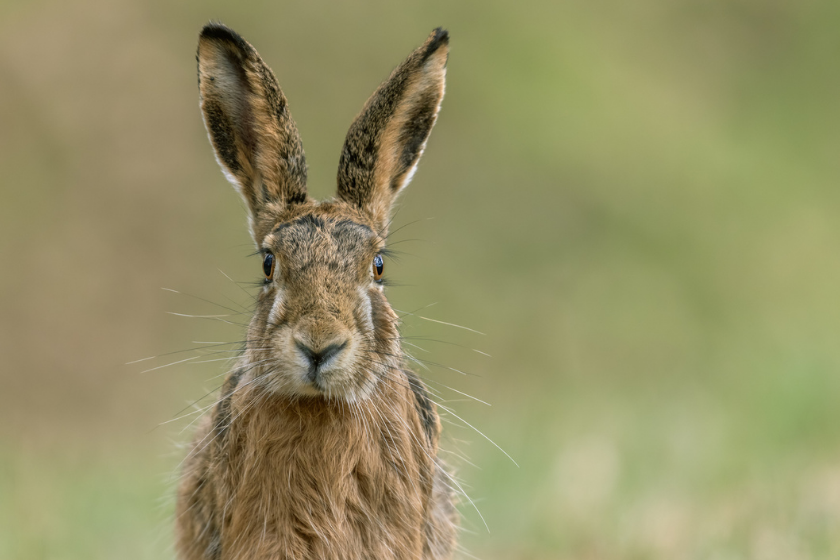
The word "hare" is believed to derive from either the West Germanic word khasan or the Dutch word hase, meaning gray. Hares are closely related to jackrabbits and have been clocked running at upwards of 50 miles per hour.
Wait, What About Bunnies?
Now that we've covered rabbits vs. hares, let's talk about bunnies. First and foremost, "bunny" is not a species. It is simply a term of endearment (mostly with domesticated rabbits) with a long history.
Beginning sometime in the early 17th century, the word "bunny" was used to refer to a young girl. The word bunny itself could be a derivative of the Scottish word bun (rabbit, squirrel, tail of a hare) or from the French word bon (good). Gradually, the term bunny expanded to describe not just young female humans but also young and/or small animals. Nowadays, it generally refers to a baby rabbit.
And there you have it! Now, armed with appropriate scientific and etymological knowledge, you can use all three terms with confidence and flair. Trivia night, here you come!
Find out more on rabbits and hares by following the Wide Open Pets Facebook page!
This article was originally published on September 25, 2019
